The memoir "The Poverty of Cu Lao Dung".
“A thin but thick book”, that is the feeling of the writer when reading the last page of the memoir. Inside the 10 memoirs, with 120 pages of the book, is a larger story about the land and people in the gently sloping strip of land on the Hau River, now in Can Tho City. Sharing about the second publication in his writing career, after the short story collection “Nghia Tinh” (2024), author Diep Ban Co said: Growing up in Cu Lao Dung, he always felt in his heart a source of love, torment and the urge to record the familiar, simple things of his homeland. “Tinh Ban Cu Lao Dung” is the result of years of living, observing, listening and accompanying the homeland of Cu Lao Xanh. “I write not only to tell stories, but also to preserve memories, to show gratitude and to share”, writer Diep Ban Co confided.
Through 10 memoirs, readers can imagine a Cu Lao Dung full of wonder, attraction and a unique cultural depth, not only accumulated from alluvial grains but also from historical and cultural traditions, from the creation of many generations of people. Writer Diep Ban Co opens with the memoir "Heavy love for the homeland's sugarcane", telling the story of the island teacher Nguyen Van Nung with his invention of an effective sugarcane footing machine. Or with "The story of a veteran of the unnumbered ship fleet", author Diep Ban Co brings a lot of knowledge about the legendary ship fleet, about the heroic soldiers drifting on the ocean with unnumbered ships. That is the meeting with Mr. Ba Quyet, a veteran of the unnumbered ship fleet who is living in Cu Lao Dung. Through his narration and through the author's skillful use of information, readers can imagine a movie before their eyes: situations of confrontation with the enemy, dangerous shipments of weapons from the North to the South... At the end of the article, the author was moved: "He, veteran Huynh Van Quyet, a man, a heart that always lit up with humanity, hoping that the Fatherland would spread its wings every day!"
In this collection of essays, the author is impressed with the articles about the culture and history of Cu Lao Dung by writer Diep Ban Co. The most impressive is "The Story of the Bassac Dragon", with his journey to find the 9th mouth of the Mekong River flowing into the ocean. From a river mouth flowing into the open sea, now a dry river, it has been "renamed", and forgotten. Not only regretting a river mouth, the author's essay also talks about nature and climate change. He makes a very good comparison: "If the Bassac River is like a dragon, then I would like to compare each garden, sugarcane field, and crop field on both sides of the river to dragon scales. If the blood vessels of the dragon do not circulate well... would its scales be smooth or not?". As for the essay "The Poverty of Cu Lao Dung", the mangrove tree on the island is strangely beautiful and attractive. To him, it is a symbolic tree of his homeland, carrying within it the cultural stature of the land.
Diep Ban Co's memoirs are sincere, gentle, rustic, not pretentious or dogmatic. All are about telling, suggesting, leading readers back to the island to listen to him tell stories. The sentences are imbued with love for the homeland. Also because of his love for the island homeland, for the Ban Co canal and for the green mangrove forests, teacher Do Ngoc Diep chose the pen name Diep Ban Co to complete his journey with literature.
Article and photos: DANG HUYNH
Source: https://baocantho.com.vn/mot-cay-cau-nho-bac-qua-mien-ky-uc-a188992.html



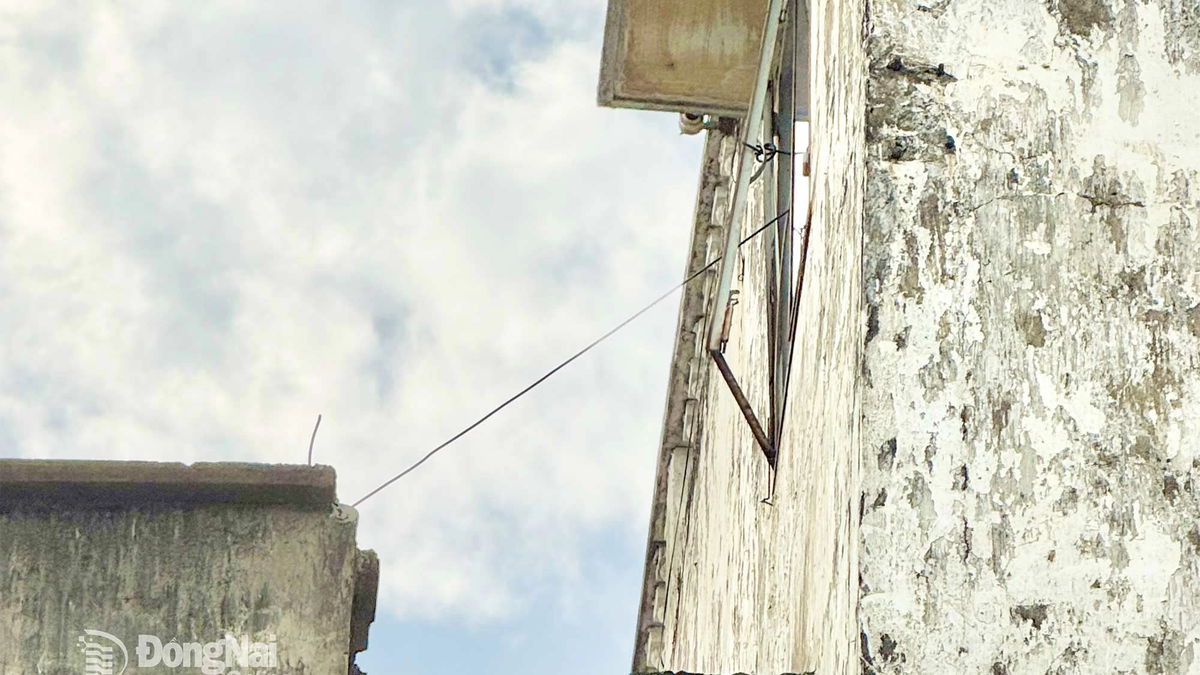

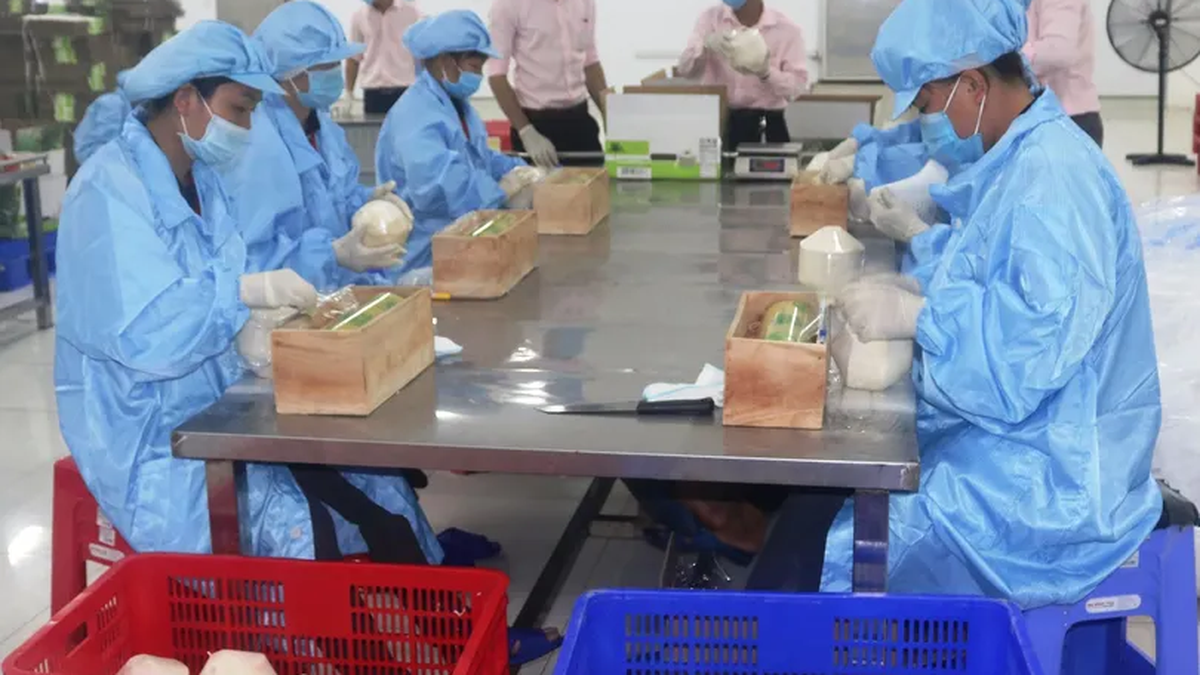




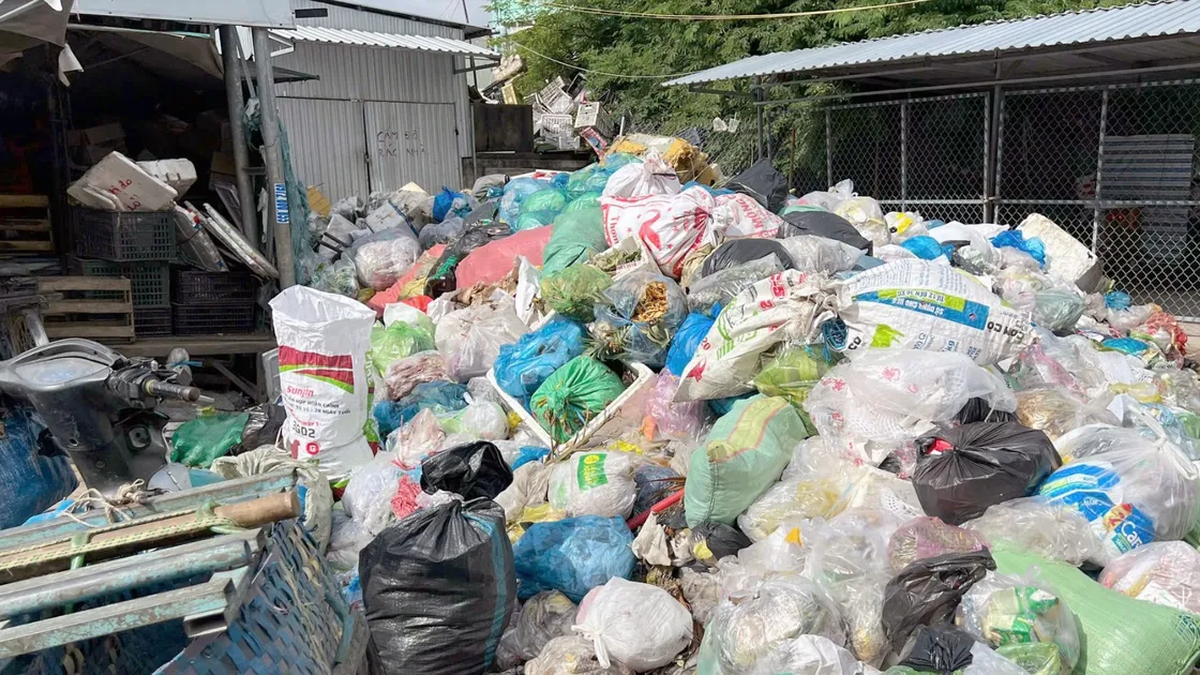



















![[Photo] National Assembly Chairman attends the seminar "Building and operating an international financial center and recommendations for Vietnam"](https://vphoto.vietnam.vn/thumb/1200x675/vietnam/resource/IMAGE/2025/7/28/76393436936e457db31ec84433289f72)











































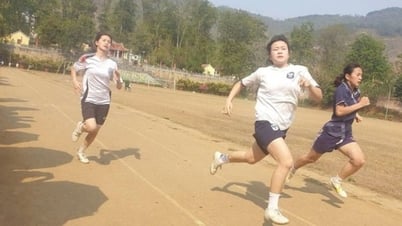






















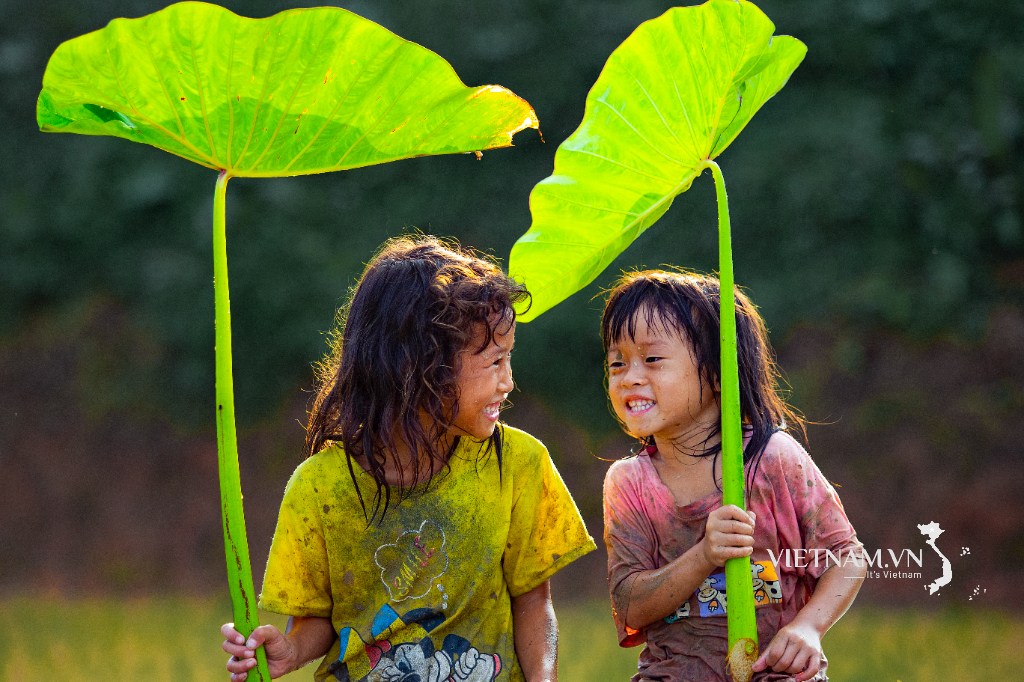
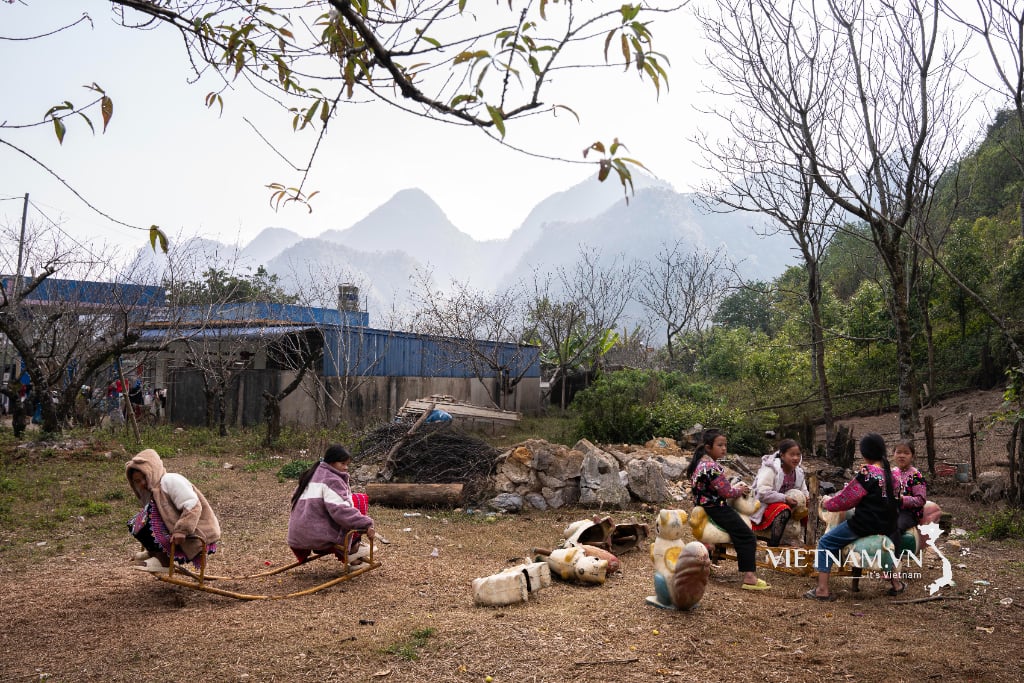


Comment (0)